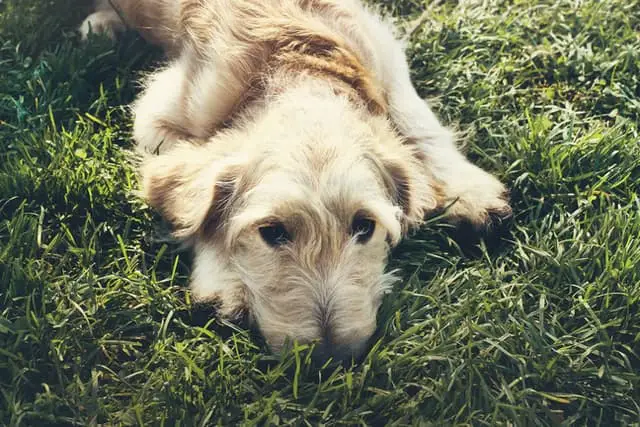
Indigestion in dogs is a common problem that can sometimes be associated with diseases.
Digestion is the process of absorbing and assimilating the nutrients you get from food . Dog indigestion problems occur when some of these processes don’t work properly.
Digestion in a healthy dog
Digestion in dogs begins in the mouth: the chewing movements of the muscles of the face and teeth grind the food as it mixes with saliva to form the food bolus. The tongue aids in swallowing and, thanks to its taste buds, one savors food. The palate separates the oral cavity from the nasal cavity, and without it it would not be possible to swallow the bolus.
From the mouth, food passes into the esophagus, which reaches the stomach, where gastric juices are secreted. Later, together with the peristaltic movements , the food is reduced into small particles that will be pushed into the intestine. It is here, thanks to the action of a stomach enzyme, pepsin, that proteins are assimilated .
The entrance to the stomach, or cardia, and exit, or pylorus, act as muscle sphincters that prevent food from being regurgitated into the esophagus or passing into the intestine before undergoing gastric digestion.
After the stomach there is the small intestine with its portions: duodenum, jejunum and ileum. At the end there is the large intestine, divided into: cecum, colon and rectum. The intestine is proportionally much longer in herbivores than in carnivores.
The duodenum receives digestive secretions from the liver and pancreas, which help digest carbohydrates and fats. Instead, the large intestine absorbs water and vitamins.
In the cecum most of the fermentation of non-ruminant animals takes place, especially of fibers from which fatty acids are obtained. This process is more pronounced in herbivores than in carnivores.
The colon carries feces from the cecum to the rectum and from there to the anus, where it is expelled when the anal sphincter opens. On both sides of the sphincter there are anal glands that produce a secretion that serves to leave odorous signals and lubricate the outgoing stool.
Why does indigestion occur in dogs?
Indigestion in dogs causes a feeling of discomfort in the upper abdomen that occurs during or immediately after eating. In most cases, indigestion is not a sign of a serious health problem unless it occurs alongside other symptoms such as weight loss.
If your dog has any stomach upset, it is common to see him adopt a strange posture, such as twitching and starting to feel pain in the belly area.
In dogs, the most common causes of indigestion are usually:
- Heaviness in the stomach . The dog ate a lot more than normal.
- He did not digest a particular food . Very typical if they usually eat human food.
- Eating too fast . anxiety for food is a problem we need to work in dogs.
- Stress . The animal is going through a stressful situation that affects its digestive health.
- Intense exercise immediately after eating . It can be very dangerous in dogs with a tendency to twist their stomachs , such as in giant breeds. The ideal is to allow a minimum of rest time after eating.
What to do in case of indigestion in dogs?
Sometimes, indigestion in dogs can be associated with other more serious problems such as gastritis, enteritis or gastroenteritis and other problems such as pancreatitis, ulcers, etc.
In this situation it is necessary to observe the animal, keep it fasted and hydrated and pay attention if it vomits or makes liquid or bloody stools . In this case we must go to the vet with all the useful information we can provide. For example, when symptoms started, if you have eaten something strange or may have swallowed something, the color and shape of the stool, if you regurgitate or vomit






